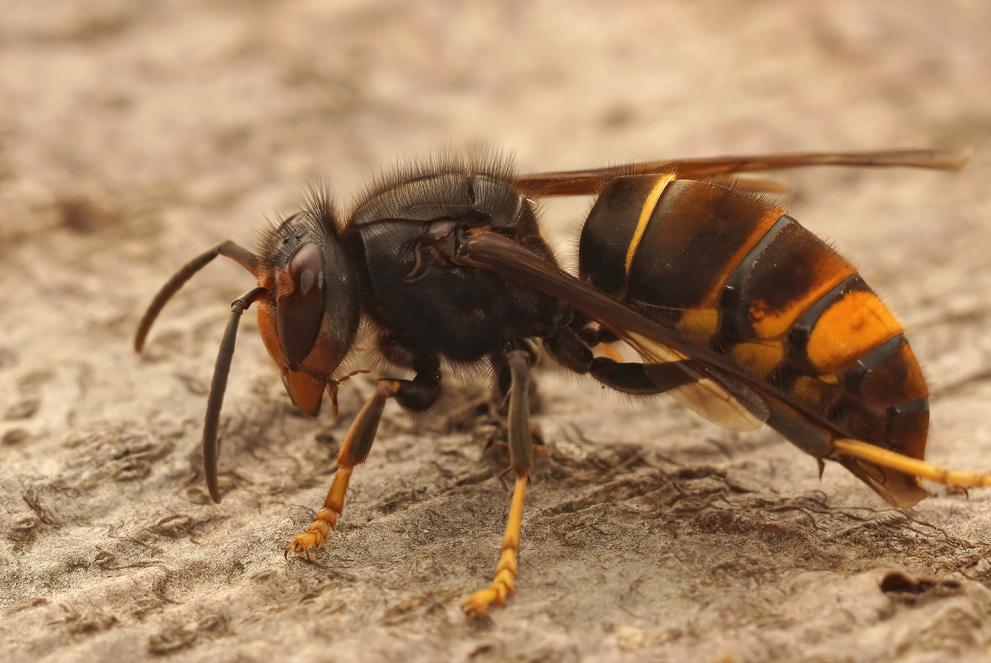Biodiversity: new IPBES report finds invasive alien species a growing and costly threat worldwide. According to a major new report by the Intergovernmental Platform on Biodiversity and Ecosystem Services (IPBES), more than 3,500 out of the 37,000 alien species that have been introduced by many human activities to regions and biomes around the world pose major global threats to nature, economy, food security and human health. Invasive alien species (IAS) play a key role in 60% of global plant and animal extinctions, and cost humanity more than $400 billion a year – an amount that has quadrupled every decade since 1970. With the increased movement of people and goods brought about by globalization, environmental degradation and climate change, the number of invasive alien species and their impacts are projected to increase in the future.
Commissioner for Environment, Oceans and Fisheries Virginijus Sinkevičius said:
The IPBES report on Invasive Alien Species is a very timely and valuable tool for policymakers as we seek to implement our global commitments on biodiversity. It confirms that with the IAS Regulation the EU is on the right path to tackle this threat to biodiversity, also filling the research gaps through the work of Horizon Europe and the Joint Research Centre. We’ve also committed to further action through an ambitious IAS target in the EU Biodiversity Strategy for 2030.
BIODIVERSITY: NEW IPBES REPORT FINDS INVASIVE ALIEN SPECIES A GROWING AND COSTLY THREAT WORLDWIDE
Invasive alien species are one of the five major direct drivers of biodiversity loss globally, alongside land and sea-use change, direct exploitation of organisms, climate change, and pollution. The report provides evidence, tools and options to help governments and stakeholders achieve ambitious new global goal on invasive alien species – Target 6 of the recently adopted Kunming-Montreal Global Biodiversity Framework, which aims to reduce the introduction and establishment of invasive alien species by at least 50% by 2030.
The IPBES experts point to the generally insufficient measures in place to tackle these challenges. While 80% of countries have targets related to managing invasive alien species in their national biodiversity plans, only 17% have national laws or regulations specifically addressing these issues. On the positive side, the report finds that for almost every context, there are management tools, governance options and targeted actions that work, such as prevention, eradication, containment and control.
Invasive Alien Species in the EU
In the EU 88 invasive alien species are strictly regulated, with 47 animal species of Union concern, and 41 plant species of Union concern. The impact and distribution of IAS in Europe have been described earlier this year in a specific report by the Joint Research Centre.
The EU already addresses invasive alien species as a threat to biodiversity through the EU Regulation on prevention and management of the introduction and spread of invasive alien species. It aims to prevent, minimise and mitigate the adverse impacts posed by these species on native biodiversity and ecosystem services. Rules also aim to limit social and economic damage.
Read more at environment.ec.europa.eu


Leave a Reply